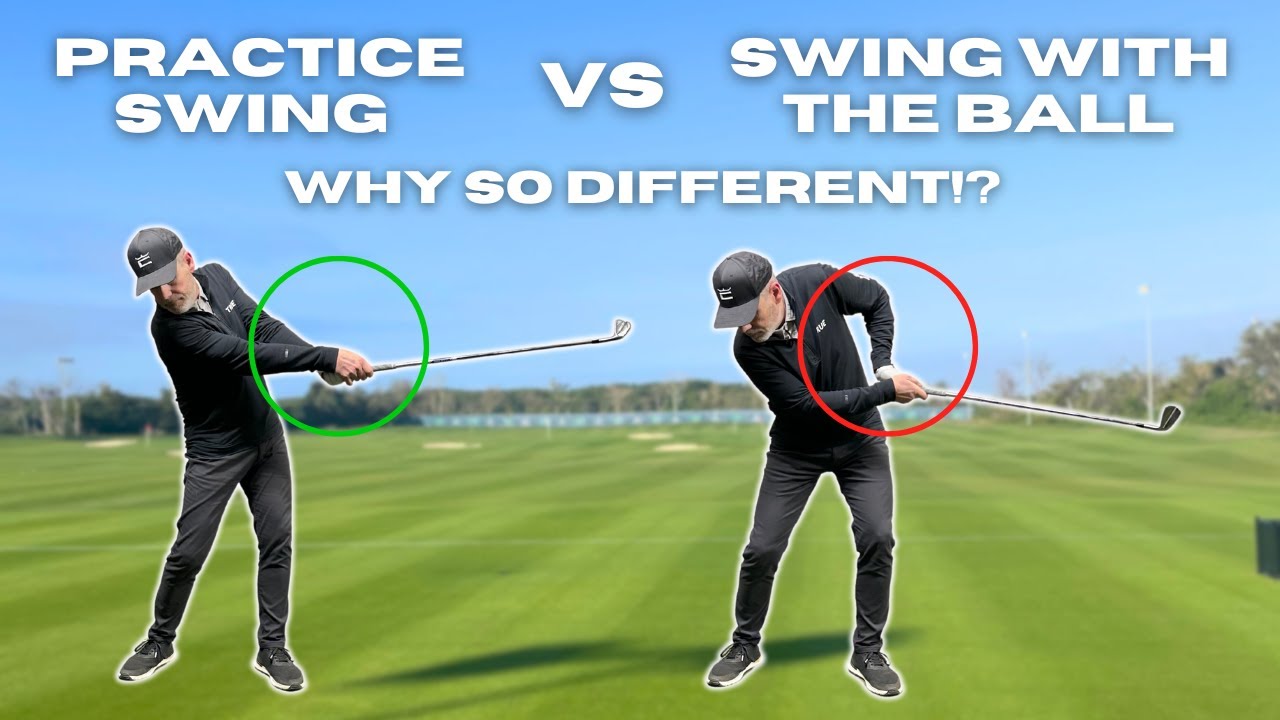Videos
GolfWRX “The Shop”: How to build a single-length hybrid
Equipment expert Brian Knudson — who has recently switched to using a single-length set — goes into “The Shop” to build a single-length hybrid… using A LOT of hot melt. Enjoy the video below!
Other episodes of The Shop
- LIKE12
- LEGIT3
- WOW1
- LOL0
- IDHT0
- FLOP5
- OB6
- SHANK14
Instruction
Clement: Why your practice swing never sucks

You hear that one all the time; I wish I could put my practice swing on the ball! We explain the huge importance of what to focus on to allow the ball to be perfectly in the way of your practice swing. Enjoy!
- LIKE0
- LEGIT0
- WOW0
- LOL0
- IDHT0
- FLOP0
- OB0
- SHANK2
Equipment
Mitsubishi Diamana WB: Club Junkie takes a technology deep dive

Earlier this week, Mitsubishi announced the return of its iconic Whiteboard profile with the new Diamana WB shaft.
In our launch story, we offered a rundown of the key technology in the new WB — 80-ton Dialead pitch fiber, Aerospace-grade MR70 carbon fiber, Consistent Feel Design, and the Xlink Tech Resin System. To go deeper, however, we enlisted our Resident Club Junkie and bona fide shaft nut, Brian Knudson, to track down someone from Mitsubishi at the PGA Show. Fortunately, Mitsubishi’s Director of Global Aftermarket Sales, Jonathan Alongi, was on hand to answer all of BK’s questions.
Check out their discussion about the new WB, as well as the 20th anniversary of the original design, in the video above — time stamps of key points below, including a definitive answer as to how the surfboard graphic ended up on the original Whiteboard in 2004!
- :40 – Mitsubishi Japan expands to the U.S. in 2004
- :50 – “The shaft that set the standard”
- 1:12 – “The ‘board is back”
- 1:45 – WB or Whiteboard? Or both?
- 1:55 – The first iteration of the sixth generation of Diamana
- 2:10 – Incorporating key technology from a 20-year journey
- 3:10 – Modifying the tip section for more ball speed
- 3:50 – Delivering ball speed in a low-launch, low-spin shaft
- 4:20 – Drilling down on the shaft profile compared to the original Whiteboard
- 5:00 – The most impressive element of the new WB
- 5:30 – Butt, mid, tip specifications
- 6:00 – WB’s iconic graphics and the Diamana legacy — flowers, surfboard, numbering system
- 8:15 – An abundance of available weights and flexes
- 8:55 – More players going lightweight
Check out more photos and see what GolfWRXers are saying about Mitsubishi WB in the forums.
- LIKE1
- LEGIT0
- WOW0
- LOL1
- IDHT1
- FLOP0
- OB0
- SHANK0
Equipment
2024 Vokey SM10 wedges: Club Junkie’s full fitting video

Our Resident Club Junkie, Brian Knudson, goes through a wedge fitting with Chris Baingo, Titleist’s Club Fitting Analyst.
Get the full story on new SM10 wedges in our launch piece.
- LIKE2
- LEGIT0
- WOW0
- LOL0
- IDHT0
- FLOP1
- OB0
- SHANK0
-

 19th Hole2 weeks ago
19th Hole2 weeks agoDave Portnoy places monstrous outright bet for the 2024 Masters
-

 19th Hole4 days ago
19th Hole4 days agoJustin Thomas on the equipment choice of Scottie Scheffler that he thinks is ‘weird’
-

 19th Hole2 weeks ago
19th Hole2 weeks agoTiger Woods arrives at 2024 Masters equipped with a putter that may surprise you
-

 19th Hole4 days ago
19th Hole4 days ago‘Absolutely crazy’ – Major champ lays into Patrick Cantlay over his decision on final hole of RBC Heritage
-

 19th Hole2 weeks ago
19th Hole2 weeks agoTwo star names reportedly blanked Jon Rahm all week at the Masters
-

 19th Hole1 week ago
19th Hole1 week agoReport: LIV Golf identifies latest star name they hope to sign to breakaway tour
-

 19th Hole2 weeks ago
19th Hole2 weeks agoNeal Shipley presser ends in awkward fashion after reporter claims Tiger handed him note on 8th fairway
-

 19th Hole1 week ago
19th Hole1 week agoBrandel Chamblee has ‘no doubt’ who started the McIlroy/LIV rumor and why
















allen
May 3, 2019 at 3:14 pm
Great idea, good example of how to use hotmelt. The key question is: How does it hit? How about a couple of swings before and after?
Can you address the issue of lie with hybrids; Which can be bent, which will be prone to cracking.
To deal with the issue of high volume of hot-melt try mixing in tungsten powder. I’ve does this with low temperature hot-glue on an all metal iron, and reheated the club to melt the glue into the correct placement.
Bruce
Sep 26, 2018 at 11:55 am
He misses the point on single length clubs.
Swingweight means NOTHING – no science behind the term: developed by marketing people in the 1930’s. It is a quick and easy test which is fine, but swingweight means nothing to a golf dclub in motion.
The correct matching criterion is moment of inertia (MOI) of THE ENTIRE GOLF CLUB – not just the head.
He does present an interesting test – making a single length hybrid. A much better method to add weight is a mixture of shafting epoxy and tungsten powder. Make a thick paste and place the weight where you want it. I have a Wishon 2 hybrid and will give it a try by placing extra weight on the bottom of the club head near the rear to give a high ball flight. I play Wishon Stirling 4-7 and conventional variable shaft length for 8- wedges. Great set much easier to hit long and mid irons. May also try a single length 3 wood!
oppie
Sep 21, 2018 at 6:52 pm
All my clubs are “single” length… perfect for my controlled variable swing… and I can’t swing a PW the same as a 7-iron… that’s for duffers who can’t hit even one club properly.
Richard Douglas
Sep 21, 2018 at 4:05 pm
Interesting primer on hot metal, but it didn’t come close to addressing the headline (written by the editorial staff, surely). In fact, he gave up the quest (which would result in a hybrid the length of his irons, but would also have the same weight and swing weight) immediately, saying he couldn’t do it.
Ty
Sep 21, 2018 at 3:42 pm
Awesome video, figured this was coming after the podcast. When are you going to give us a tour of the shop and give us a run down on the tools needed to start building clubs in our own garage?